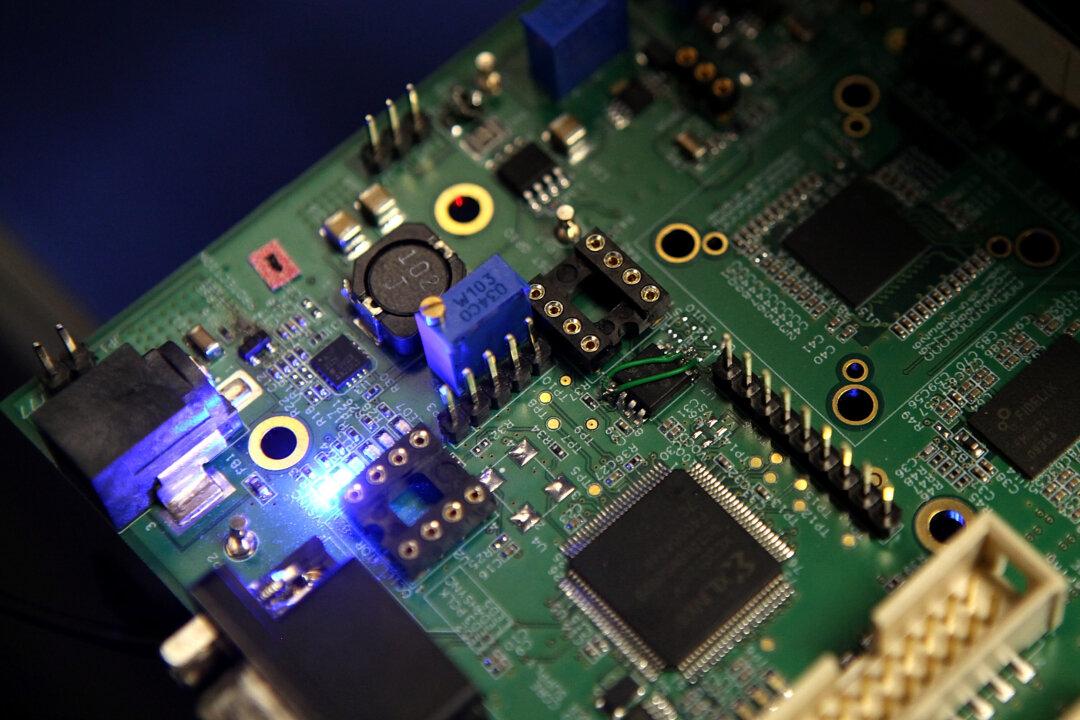The State Department, in collaboration with the Mexican government, has outlined an initiative to explore opportunities within the semiconductor supply chain, recognizing the strategic importance of this sector to both national security and technological innovation.
Semiconductors are the brains of modern electronics, such as smartphones, computers, TVs, and advanced medical equipment. Also called integrated circuits or microchips, they are made from materials such as silicon or gallium arsenide and altered during the production process to raise their conductivity significantly.





